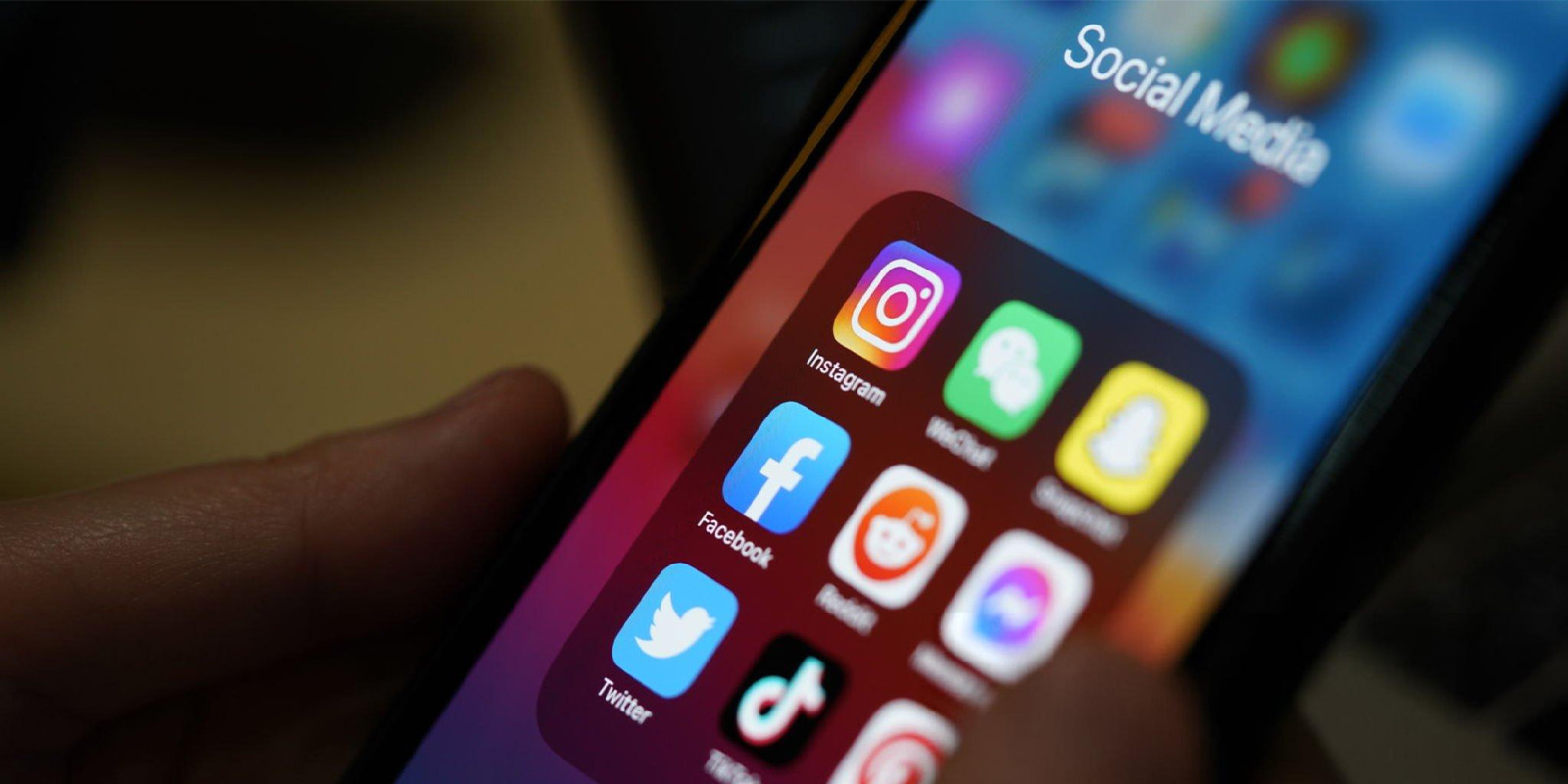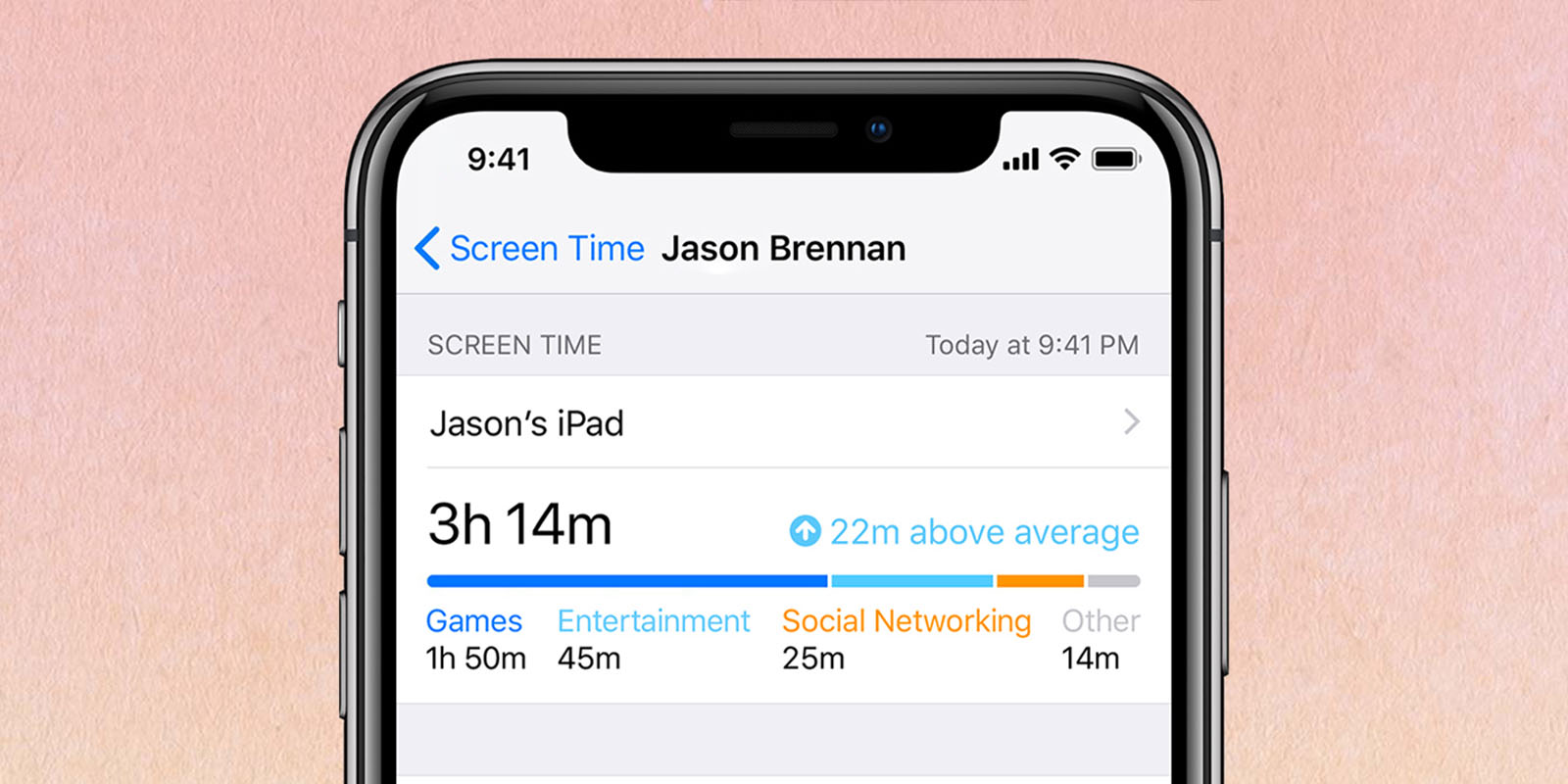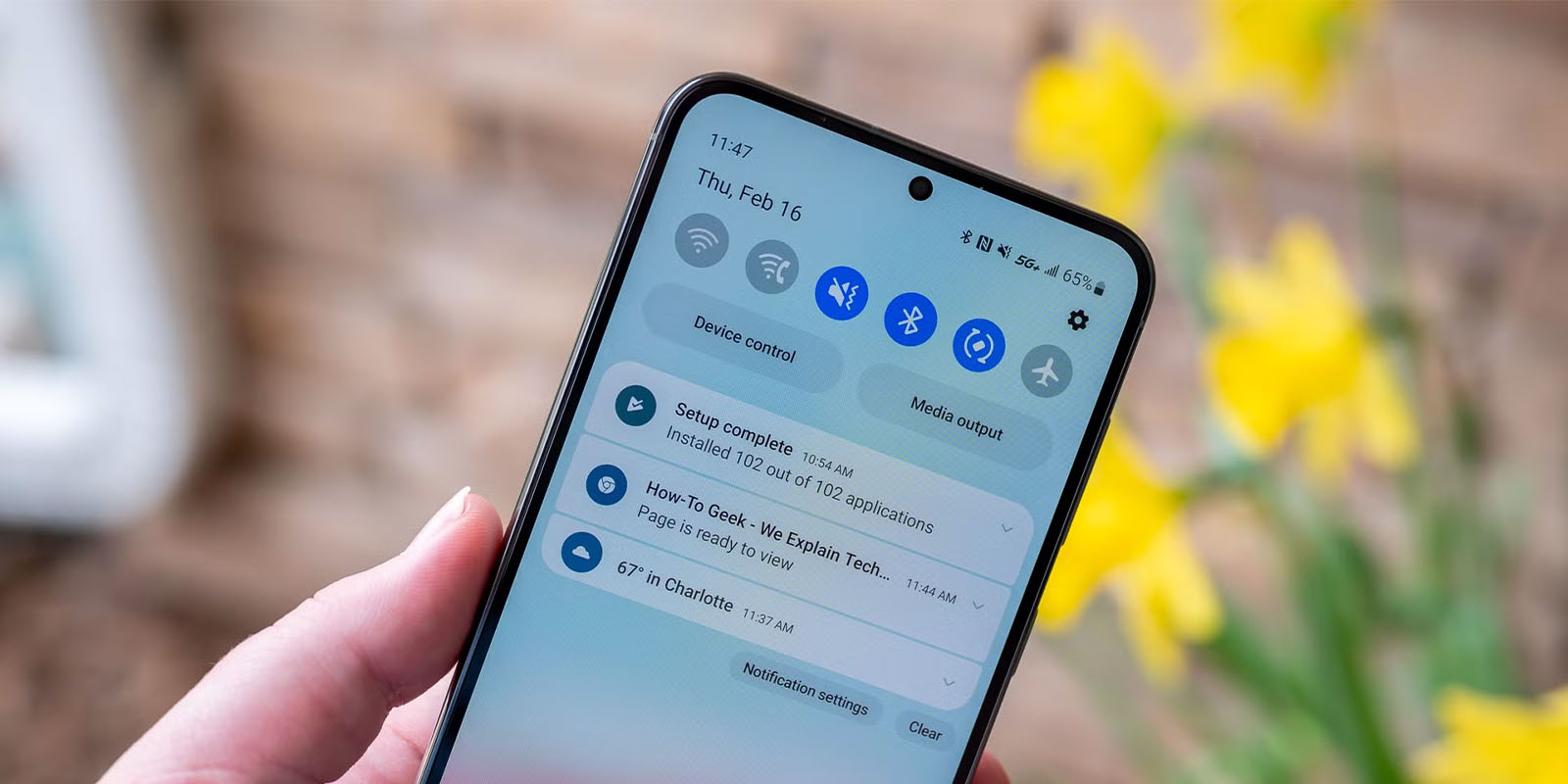In a world that runs on screens—smartphones, laptops, tablets, and TVs—it’s becoming increasingly difficult to disconnect. From work emails and Zoom meetings to scrolling Instagram reels or binge-watching Netflix, screen time can quietly eat up our entire day. But cutting screen time doesn’t have to mean disconnecting from the world or missing out. It’s all about learning to “balance digitally” — to reduce unnecessary screen exposure while still remaining productive, socially connected and entertained.
If you want to learn the best ways to reduce screen time without feeling deprived, this guide is for you.

The Screen Time Reality
According to recent studies, the average adult spends more than 7 hours per day looking at a screen. For teenagers, it’s even more. Excessive screen time has been linked to:
- Eye strain and headaches
- Poor sleep quality due to blue light exposure
- Increased stress and anxiety
- Sedentary lifestyle and related health issues
- Lower attention span and productivity
The goal isn’t to eliminate screens—because, let’s face it, they’re essential to modern life. Instead, we need to create healthier screen habits.
Why You Should Reduce Screen Time
Here’s what you gain when you lower screen time:
- Improved mental clarity and reduced anxiety
- Better sleep patterns
- More free time for hobbies, fitness, and real-life connections
- Increased productivity and attention span
- Healthier relationships with family and friends
Now, let’s explore the best ways to limit screen time in practical and sustainable ways.
Track Your Screen Time First
Awareness is the first step to change. Use screen time tracking apps like:
- Digital Wellbeing (Android)
- Screen Time (iOS)
- RescueTime or Toggl for desktops
These apps break down your usage by category—social media, entertainment, productivity, etc. You might be surprised to see where your time is going.
Set Screen Time Limits for Apps
Almost every smartphone now allows you to limit screen time for individual apps. Set time caps for:
- Social media apps (Instagram, Facebook, TikTok)
- Video streaming platforms
- Games or news apps
Once the limit is reached, the app locks for the day. It’s one of the most effective ways to reduce screen time passively.
Use Time Blocking for Digital Activities
Block times for online activities such as email or social media. For instance:
- Morning: 20 minutes of news or social media
- Midday: The 10-minute scroll break
- Night: Watch 30 min of Netflix or YouTube
- With time blocks, you’re less likely to fall into the mindless scrollhole.
Create Tech-Free Zones at Home
Designate specific areas in your home as screen-free zones::
- Dining table
- Bedroom
- Bathroom
This encourages more real-life interaction and helps break the habit of using phones as emotional fillers.
Unplug Before Bed
Screens keep you from sleeping by messing with your melatonin. Establish a “digital sunset” an hour before you go to sleep:
- Trade screens for books or journaling.
- Consider using meditative music or guided meditation.
- Leave your phone in another room (or at least away from bed)
- That easy discipline can make a world of difference for sleep quality and clarity of mind
Turn Off Non-Essential Notifications
Every ping, pop-up, or vibration pulls your focus away. Go into your settings and disable:
- Social media notifications
- Promotional alerts from apps
- Constant news updates
Keep only important ones like calendar reminders or essential messaging apps.
Plan Screen-Free Hours or Days
Try setting a specific “No Screen Hour” daily—say 7–8 PM. Or go for “Screen-Free Sundays”, where all digital devices stay off unless necessary. Use this time for:
- Outdoor walks
- Board games
- Cooking
- Reading physical books
The goal is to be intentional with screen-free time so it doesn’t feel like a punishment.
Be a Role Model (Especially for Kids)
If you’re trying to reduce your child’s screen time, start with yourself. Children mimic behaviour. Spend quality time with them doing offline activities:
- Drawing, painting
- Puzzles
- Playing in the park
It’s a win-win—you lower your own screen time and strengthen your bond with them.
Replace Screen Time With Quality Activities
Often, we turn to screens when we’re bored. Fill that space with better alternatives:
- Join a hobby class
- Listen to podcasts while doing chores.
- Start journaling or creative writing.
- Practice yoga or meditation.
You’re not just cutting screen time—you’re replacing it with life-enriching habits.

Try a Digital Detox Challenge
Spend a weekend, or even an entire week, unplugged. Update your contacts, turn on autoresponders and sign off from social platforms. Use this time to:
- Reconnect with yourself
- Reflect and reset your goals.
- Rename your boundaries with technology.
And while a detox may do wonders for resetting your digital habits and giving your brain the break it deserves.
Final Thoughts: Less Screen, More Life
The digital world is impressive—but it’s also addictive. Finding balance is key. You don’t need to quit screens altogether; you just need to be mindful of how and why you’re using them.
By implementing even a few of these tips, you can start creating a healthier relationship with technology—one where you’re in control, not the other way around.
So, if you’re serious about finding the best ways to limit screen time, start small, be consistent, and prioritize real-life experiences.
Also Read: Top 10 AI Tools You Should Be Using in 2025
Quick Recap: Best Ways to Limit Screen Time
- Track and analyze your screen usage.
- Use app time limits
- Block time for digital tasks
- Create tech-free zones
- Unplug before bedtime
- Disable unnecessary notifications
- Plan screen-free hours or days.
- Replace screen time with hobbies.
- Be a role model for your family.
- Try a digital detox















